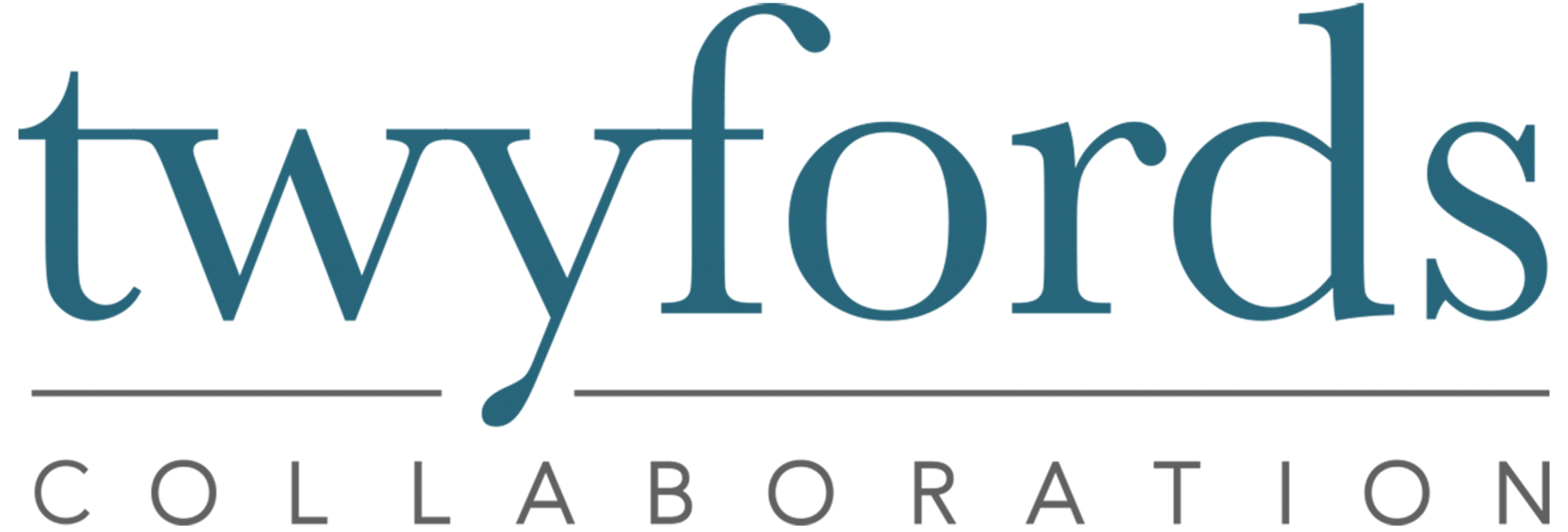In Stuart’s , he identified some signs that a reset might be necessary. Let’s look now at what a reset might look like….
Having decided that something needs to be done, the typical response is to focus on structural, process and content issues. For example, the way we are set up, and the way people are working, especially the behaviours we see and don’t like, redesigning meetings or agendas, getting a better facilitator, managing the meeting dynamics better, calling out poor behaviour, etc.
While these might help, a much more useful approach is to focus first on the relationships. You might think of this like the Titanic and the iceberg – it’s what’s below the waterline that can sink the collaboration. And the relationship element is below the waterline; harder to see and trickier to deal with, but much more likely to allow smooth sailing when tackled.
Healthy collaborative relationships create a safer and more stable working platform in which to deal with current and emerging issues. So what can help reset the relationship and set you up for success in your collaboration?
- Acknowledging the history. Often there is baggage around what has happened before that impacts our behaviour, for example a past event that sticks in our mind and causes us to mistrust what others do. Surfacing some of that history and the consequences for each of us can help clean up the baggage. While this might be seen as opening old wounds, unacknowledged baggage can paralyse interactions, while respectful inquiry and acknowledgment in a safe environment can allow people to move on
- Checking and testing assumptions. Making visible our respective assumptions can be quite revealing, and allow us to test and explore the views we hold about others, and they about us. We can be quite surprised, and sometimes shocked (how could they believe that about us…..?), but we are then in a position test them and consider the implications for our work together. This can be quite cathartic, providing new insights and understanding of why people (us and them) may act the way we do.
- Putting yourself in the other’s shoes. This is where you try to see the world from the other person or group’s perspective. What really matters to them? What do they deeply care about? What makes them tick? What does their boss look for in their work? For example, one group might value social equity, and another may value technical expertise. If each perceives any situation only from their own perspective, misunderstandings and assumptions about motives might make it really challenging to find solutions together, leading to confusion and frustration. Taking time to hear how others think and work provides more shared understanding, facilitating more useful joint action on the difficult issues.
Sometimes clients are concerned that these activities will take time and distract from getting solutions. On the contrary, such reset activities can be a critical and essential investment in a robust working relationship, avoiding risks to solving key issues of structure, process and content. Is it time to reset your collaborative relationships?
